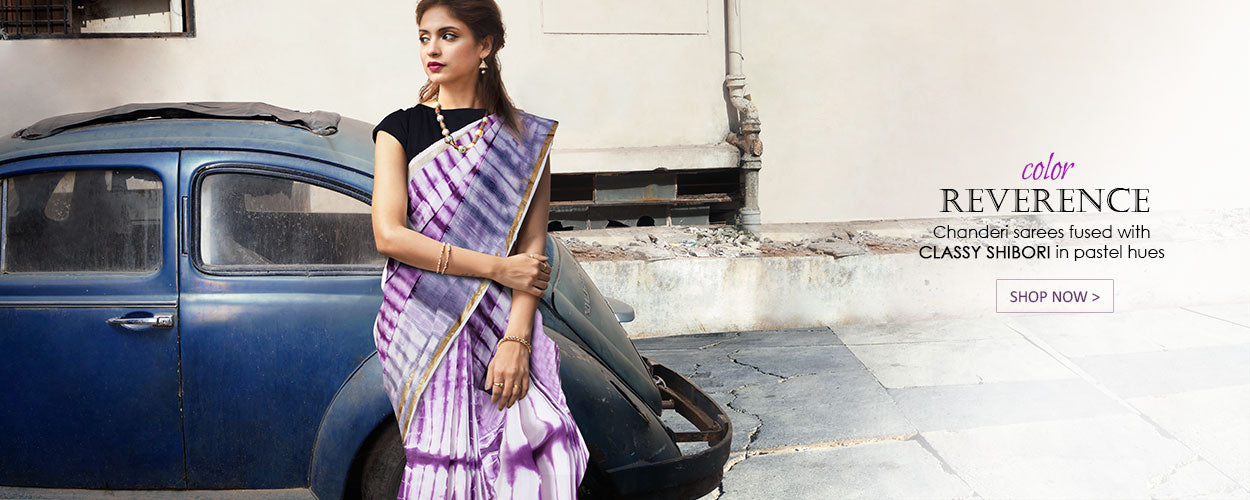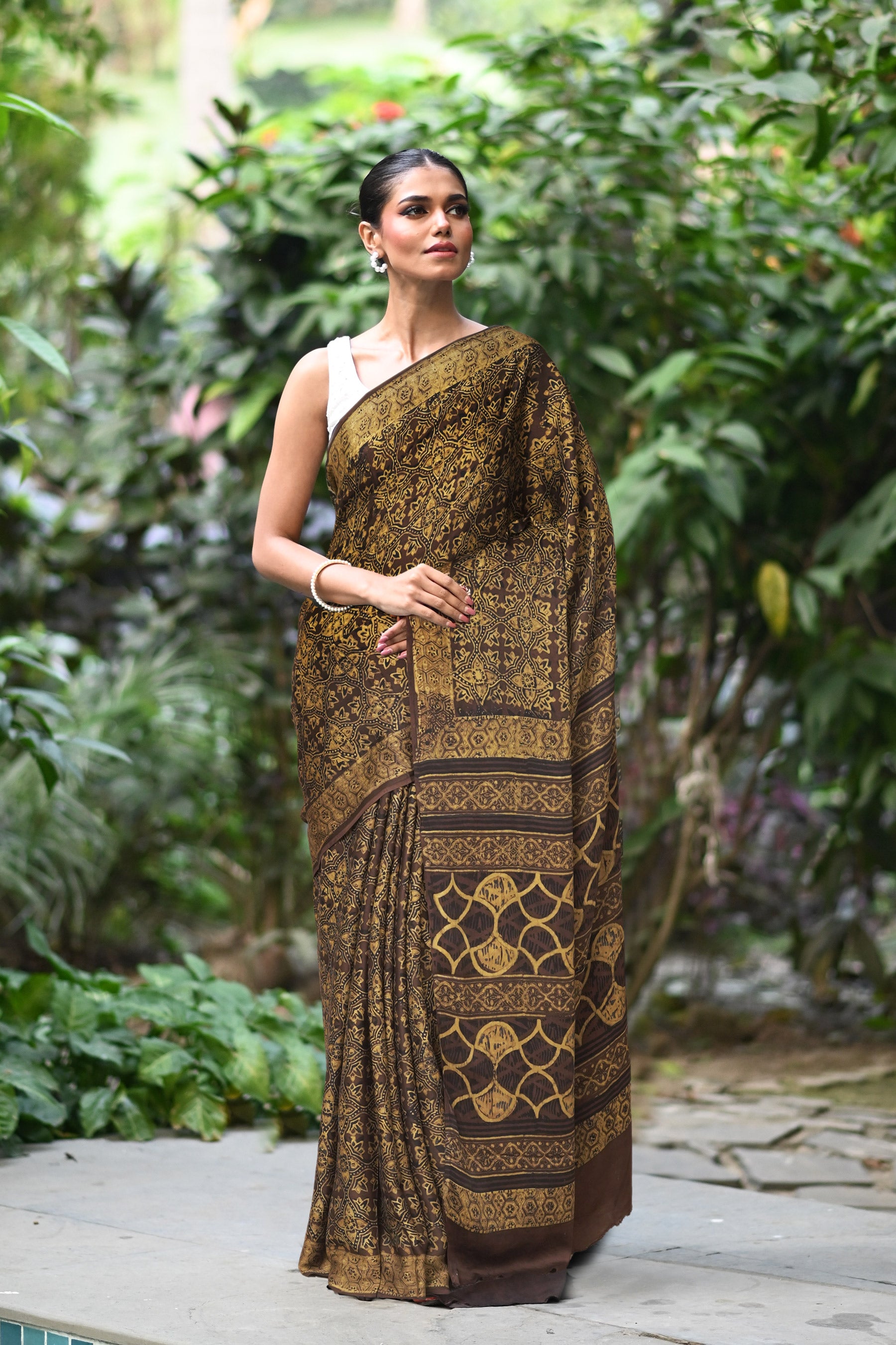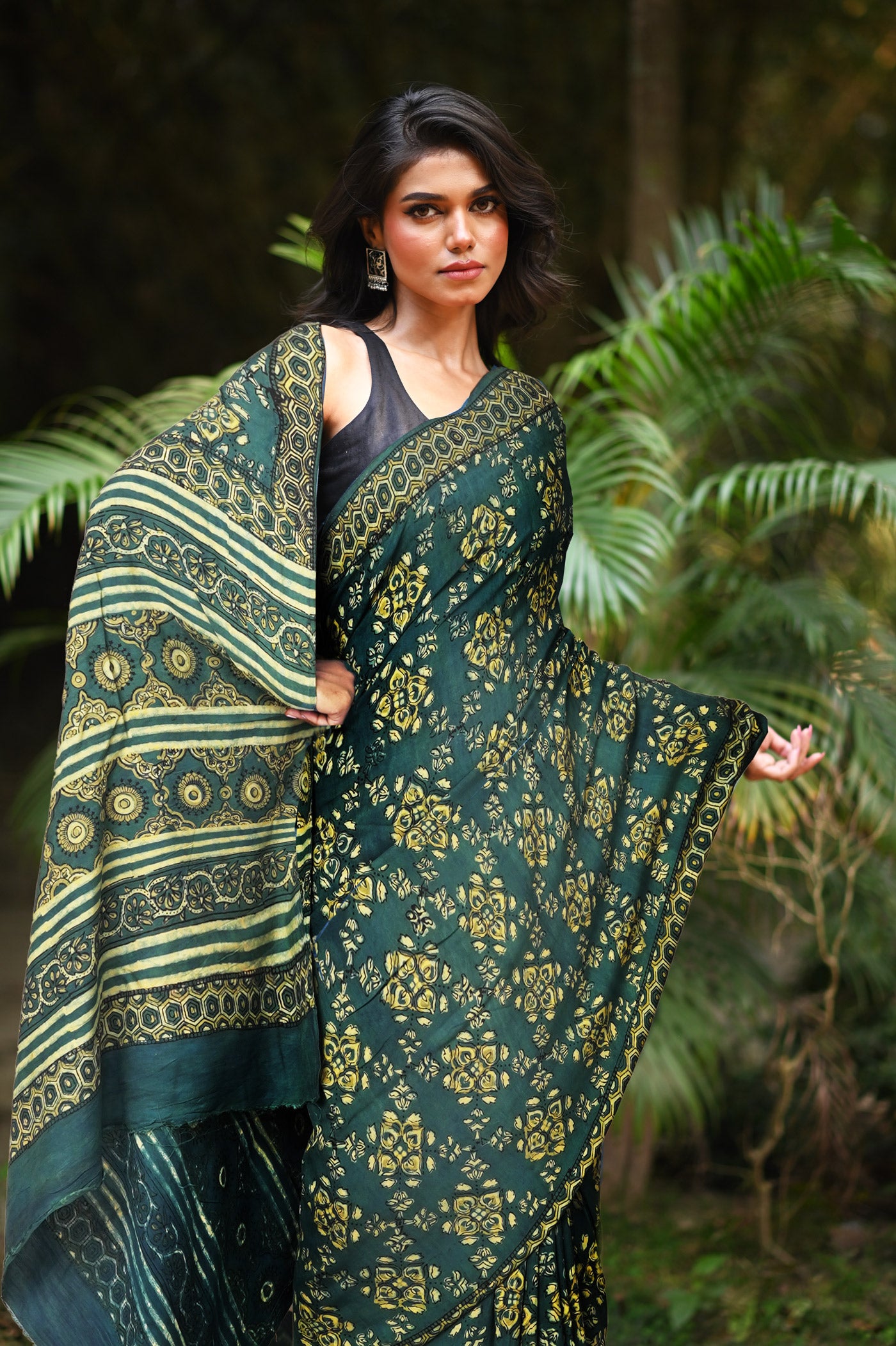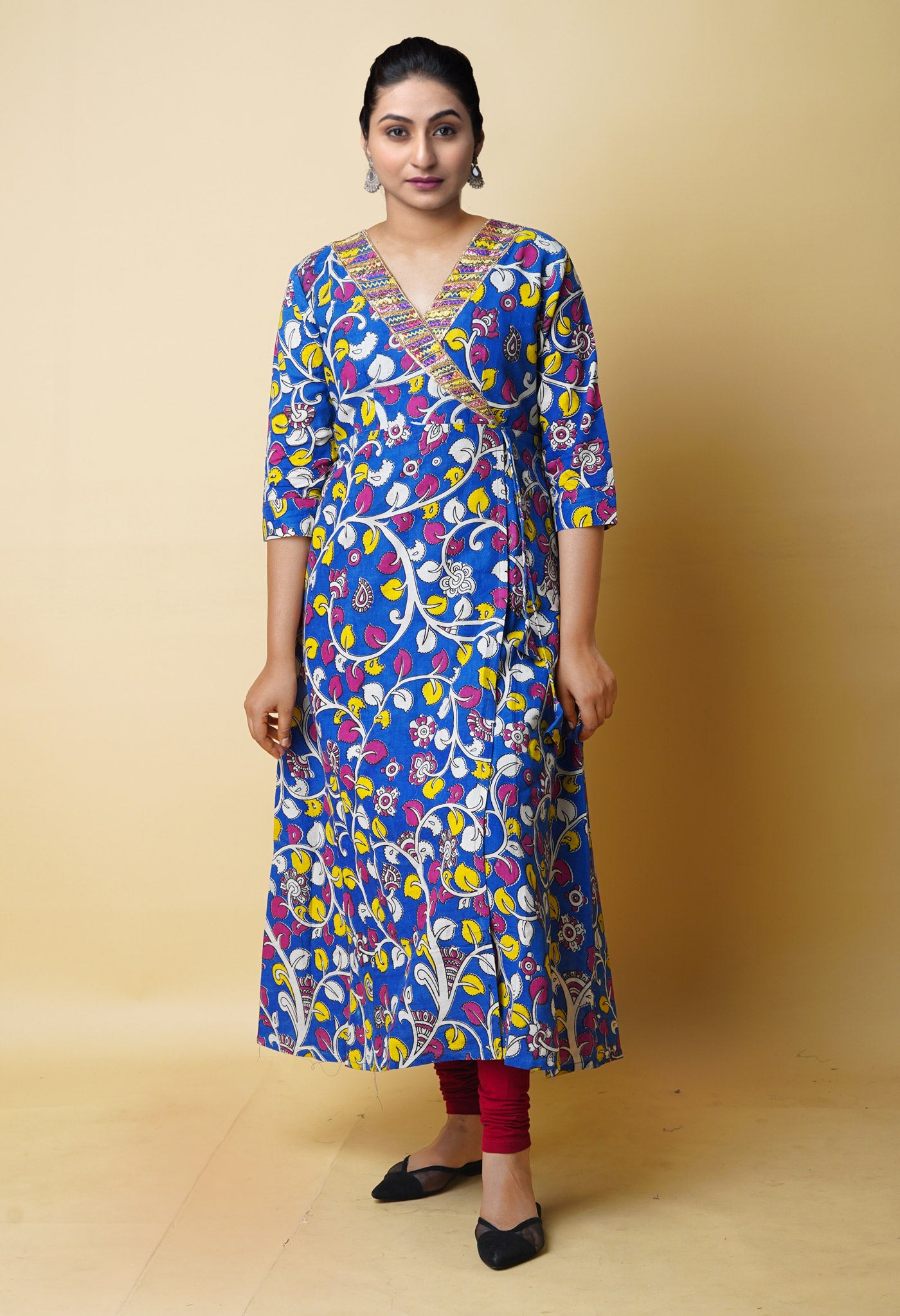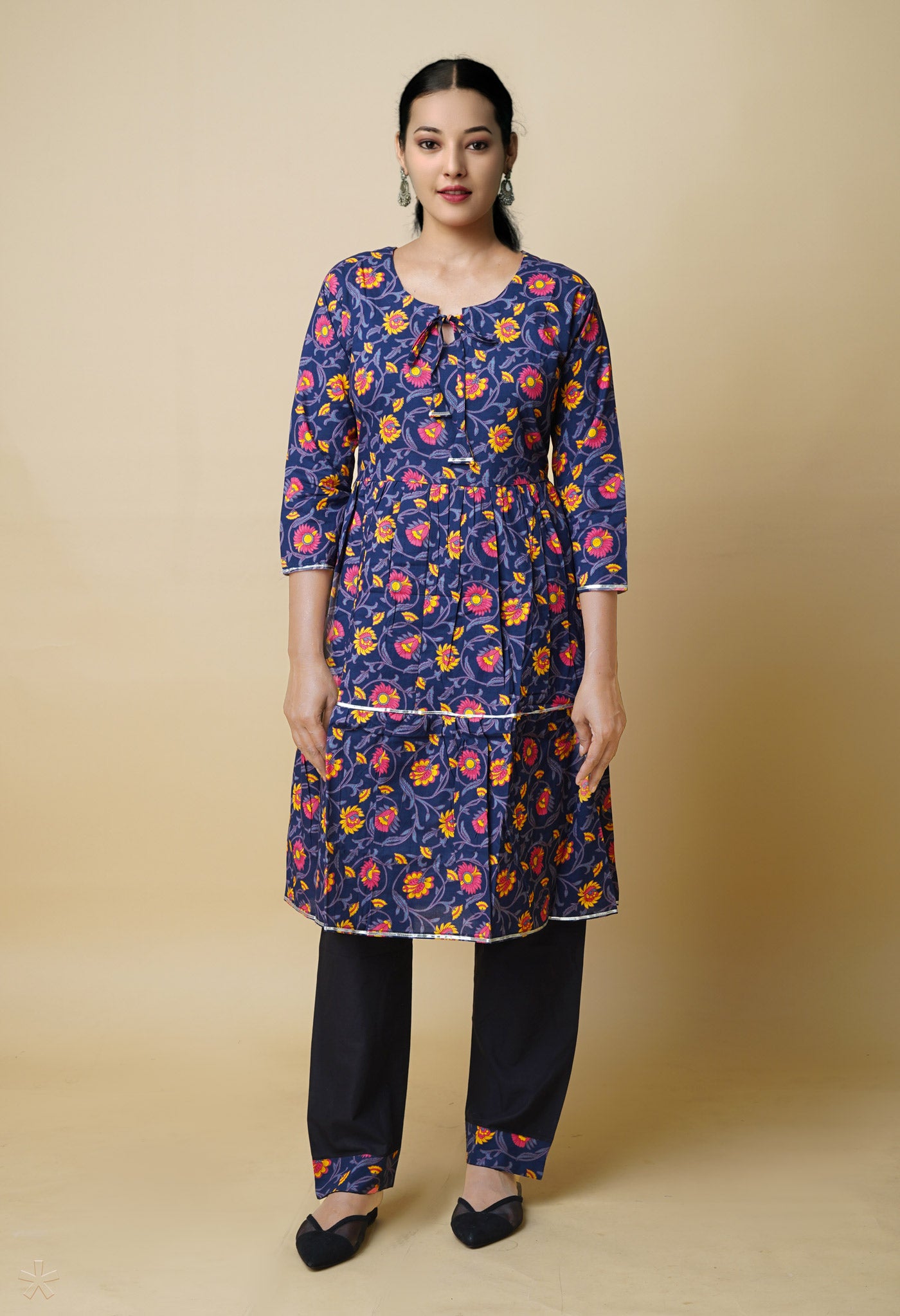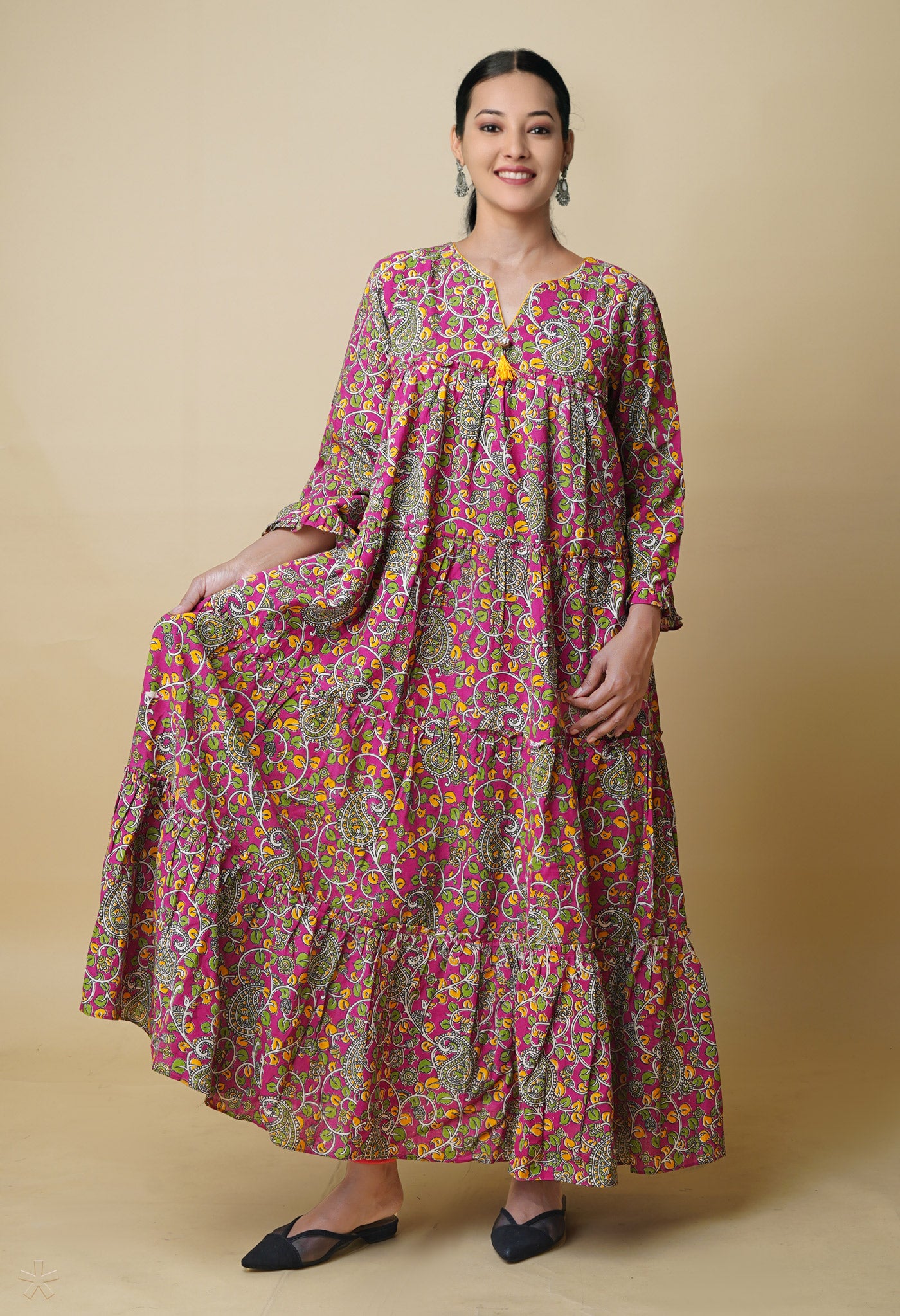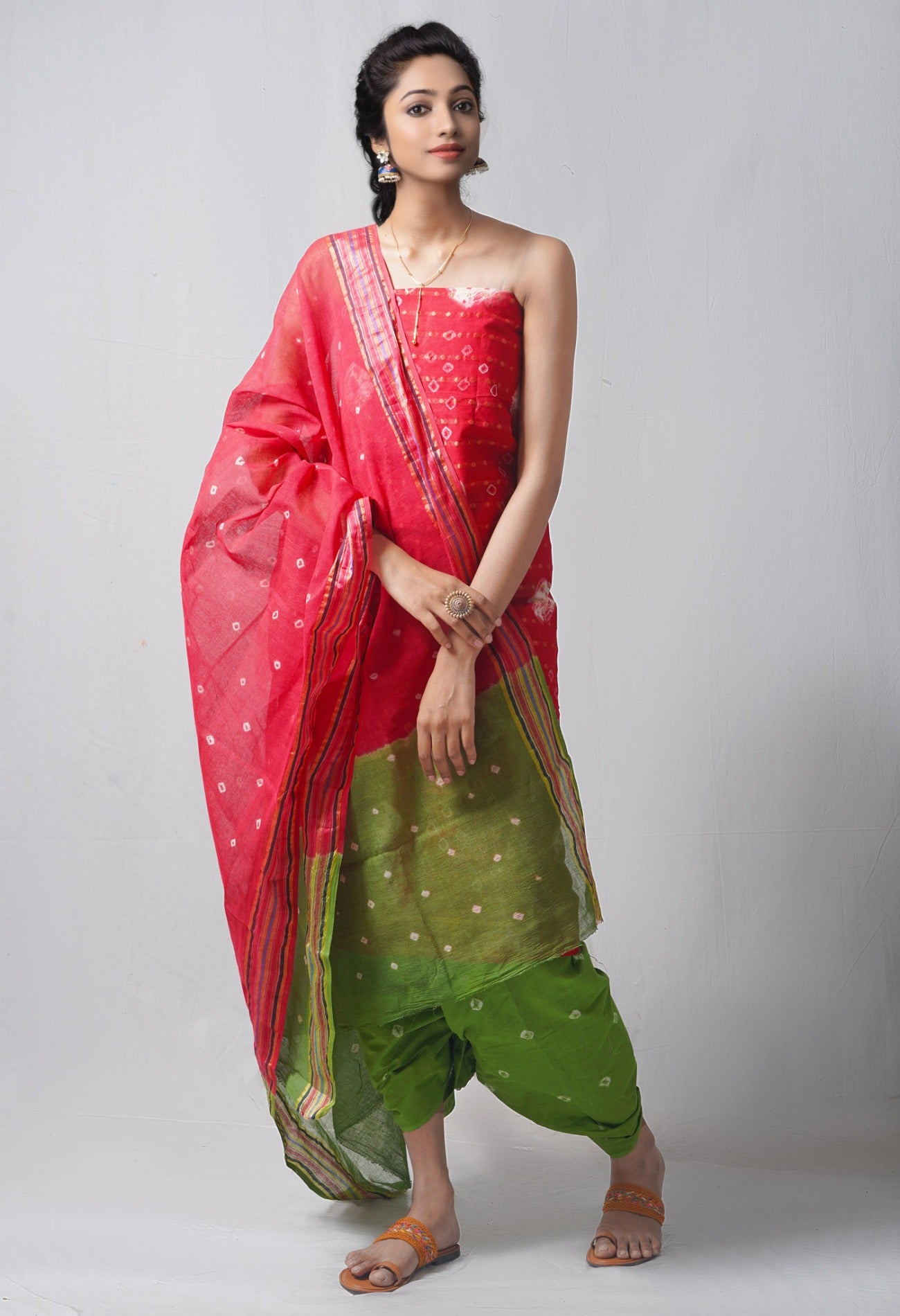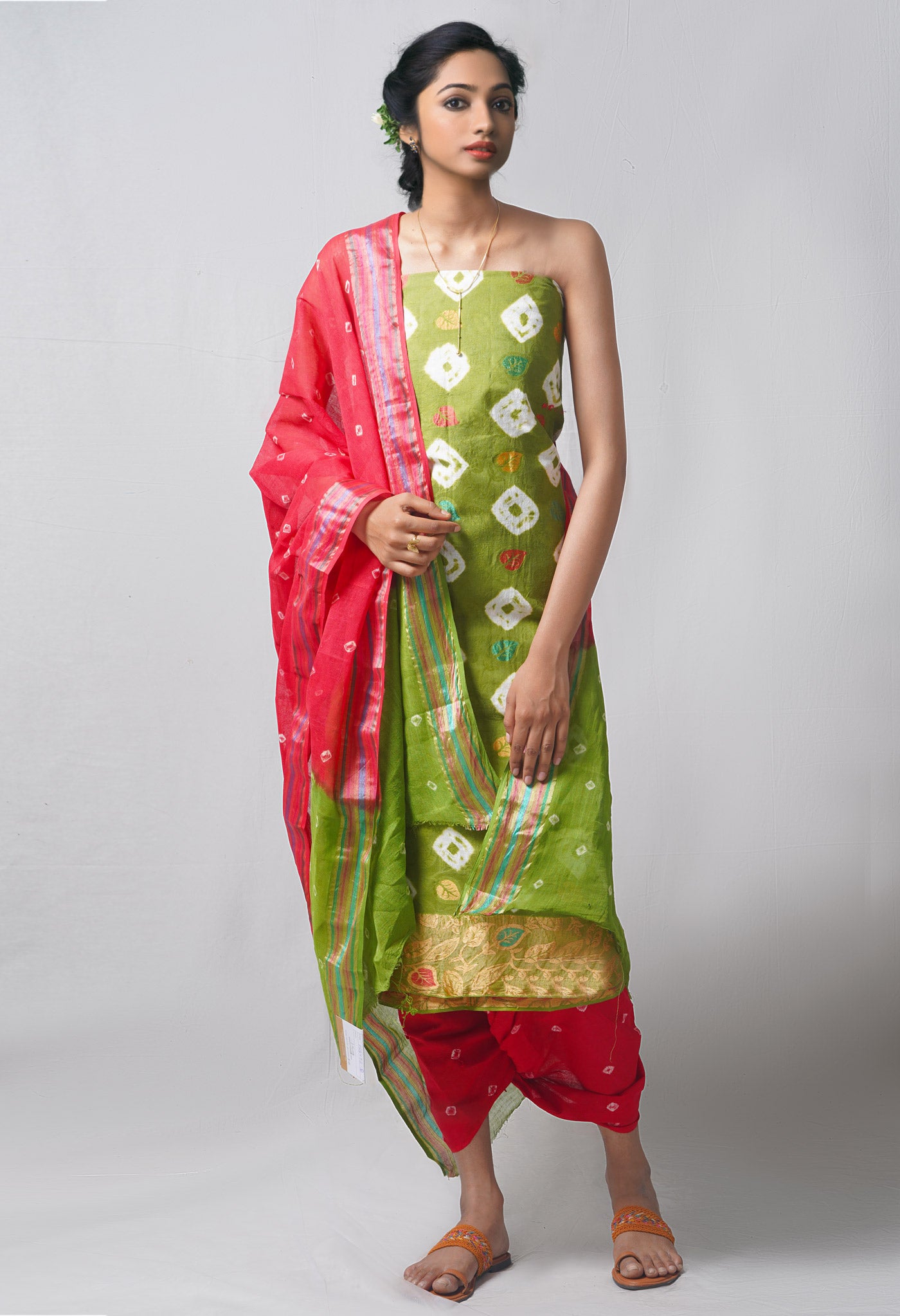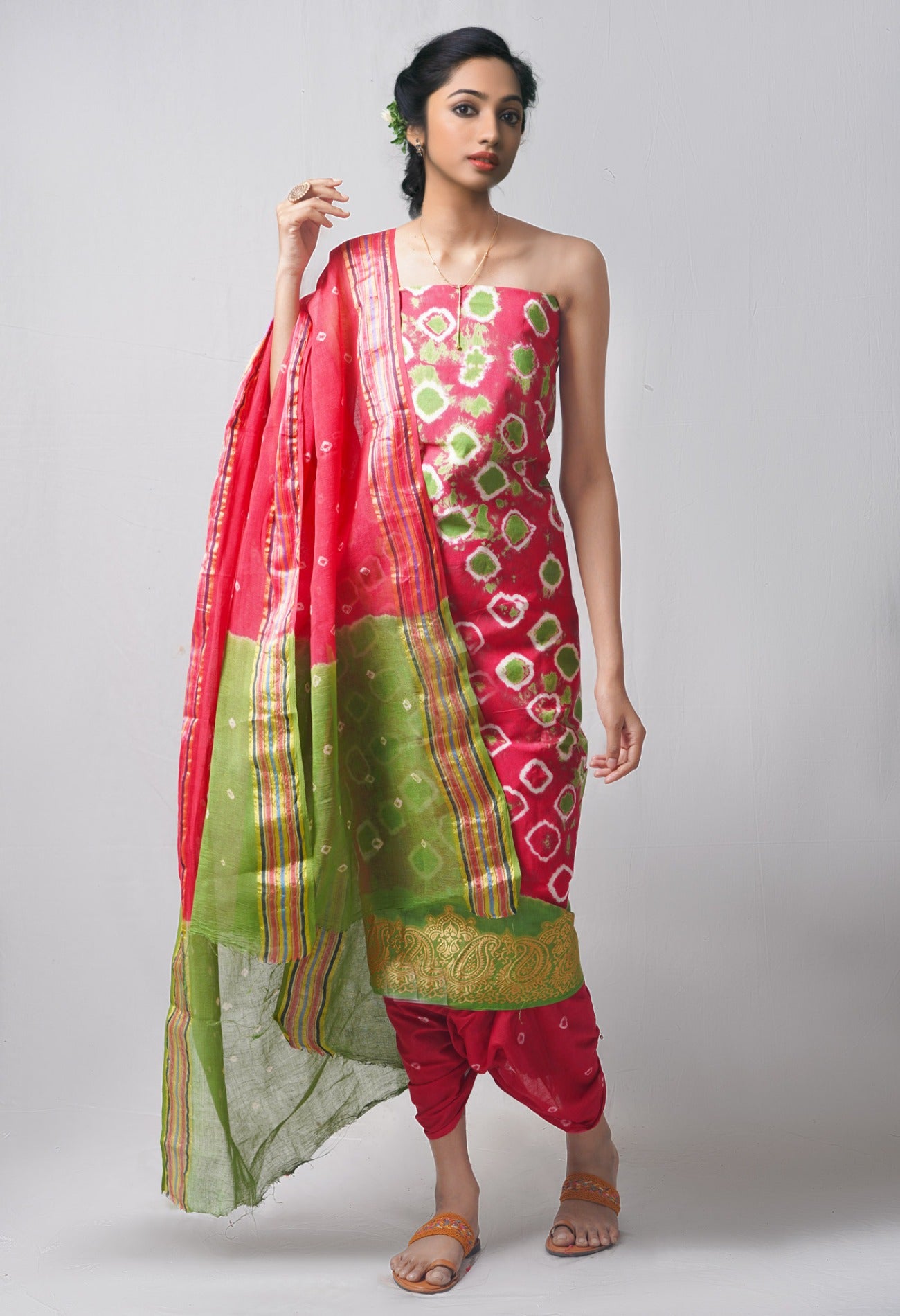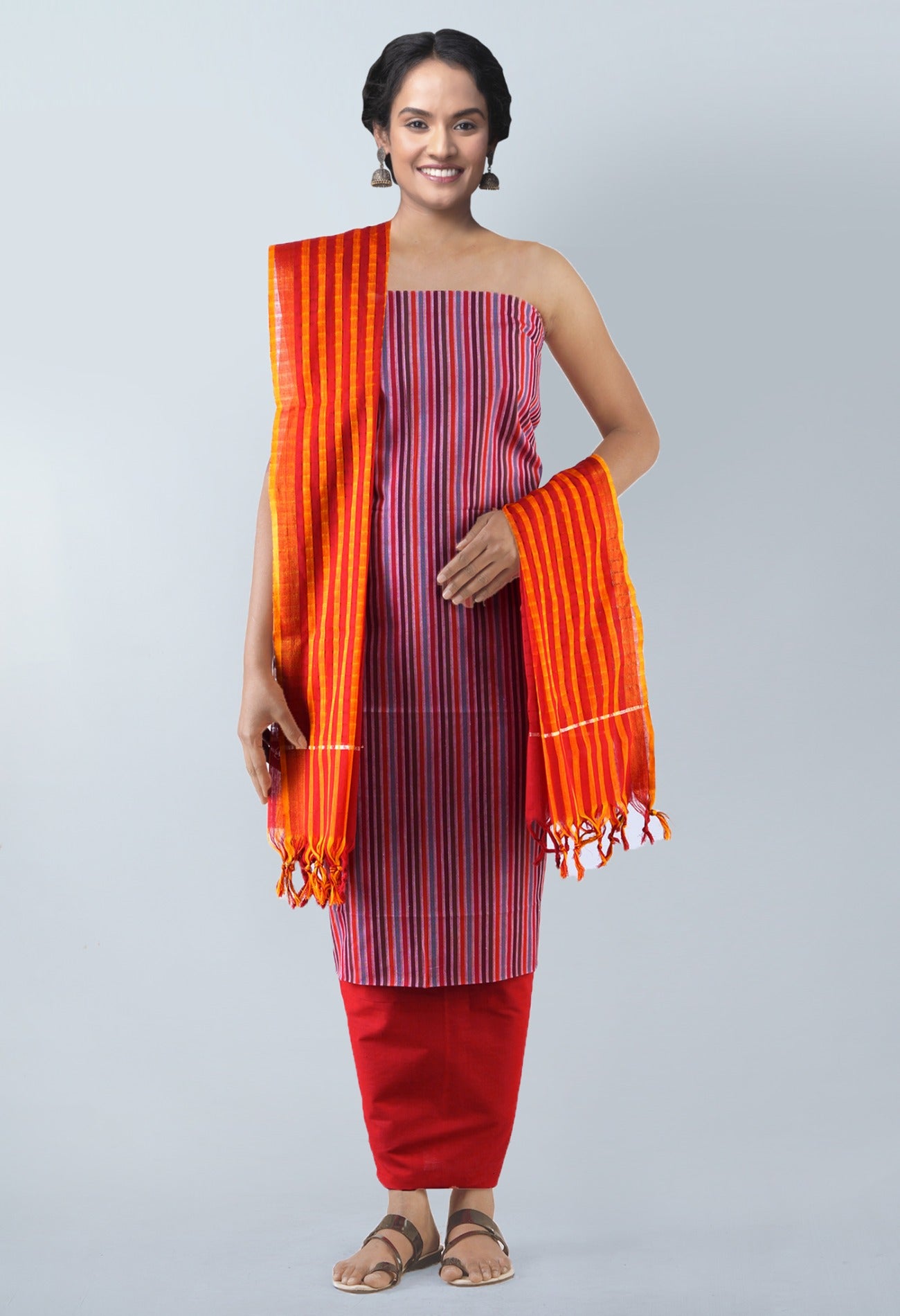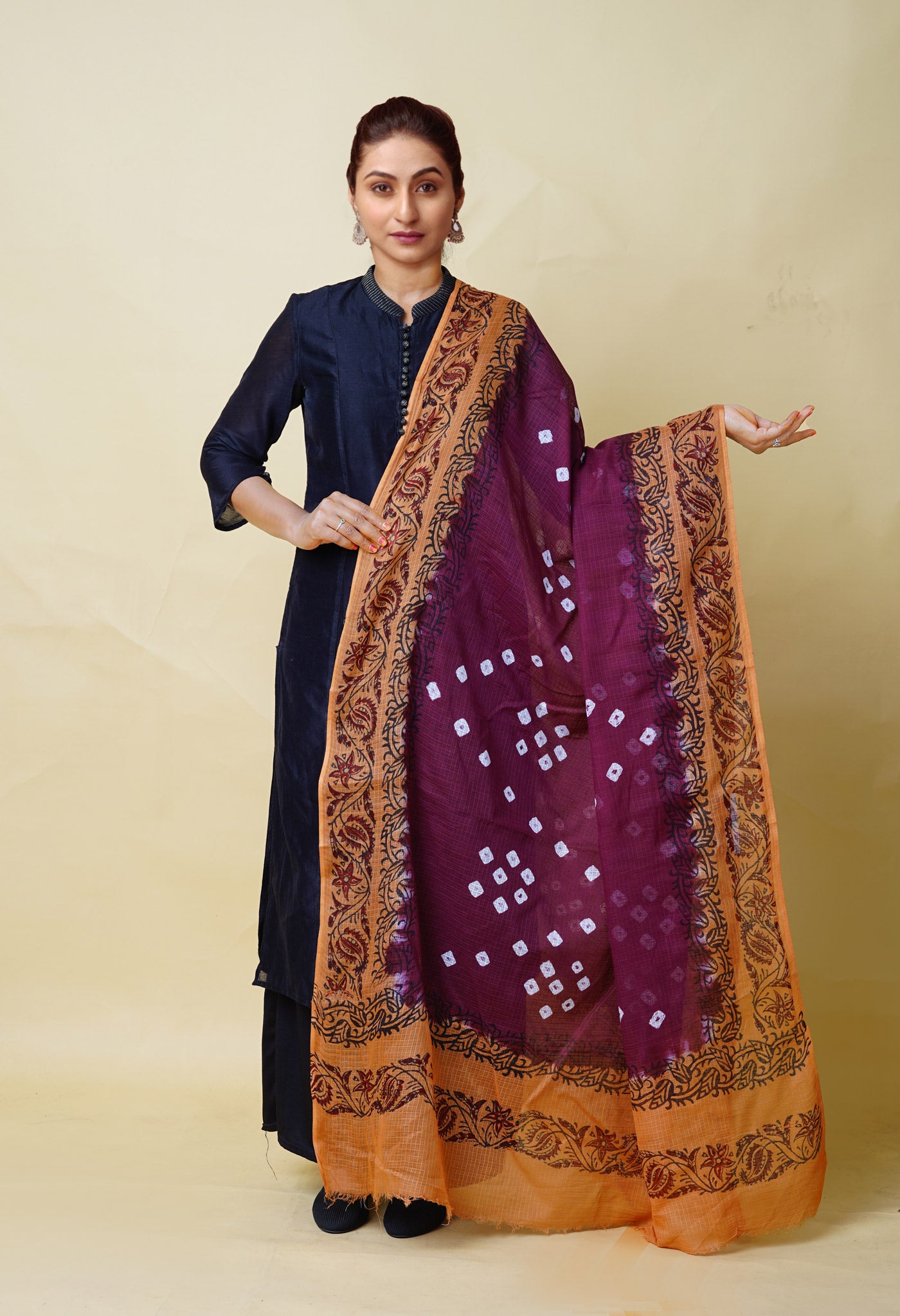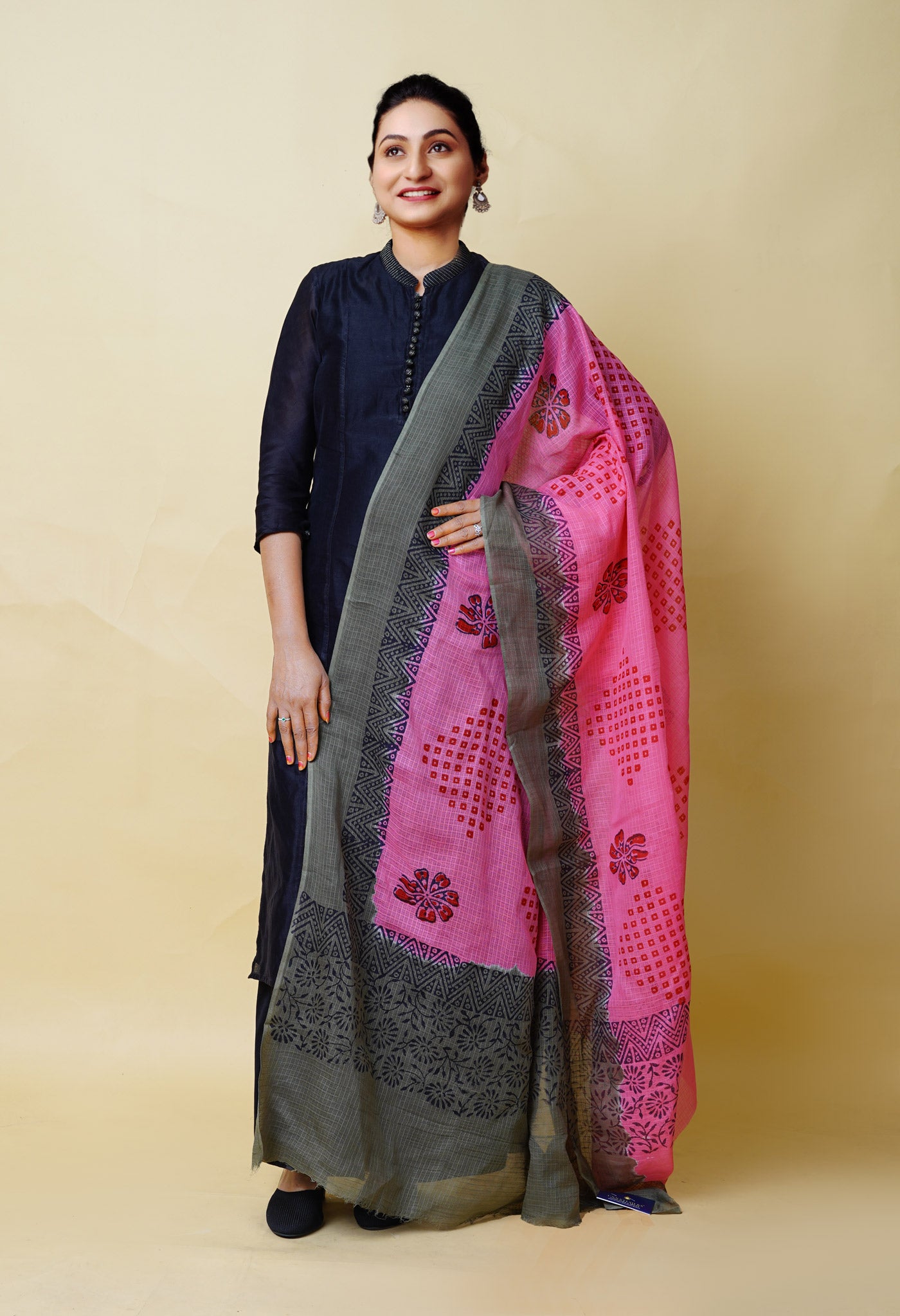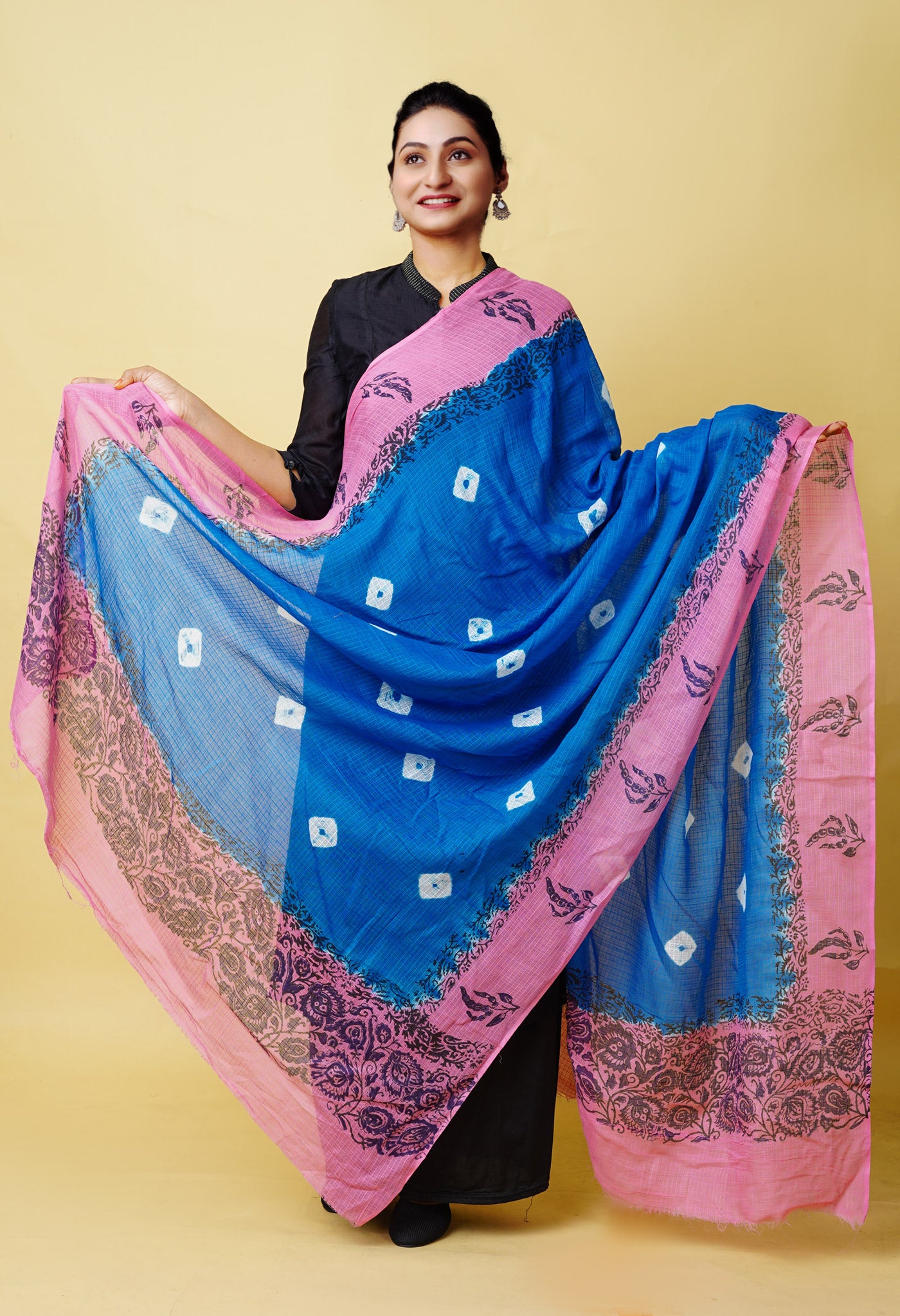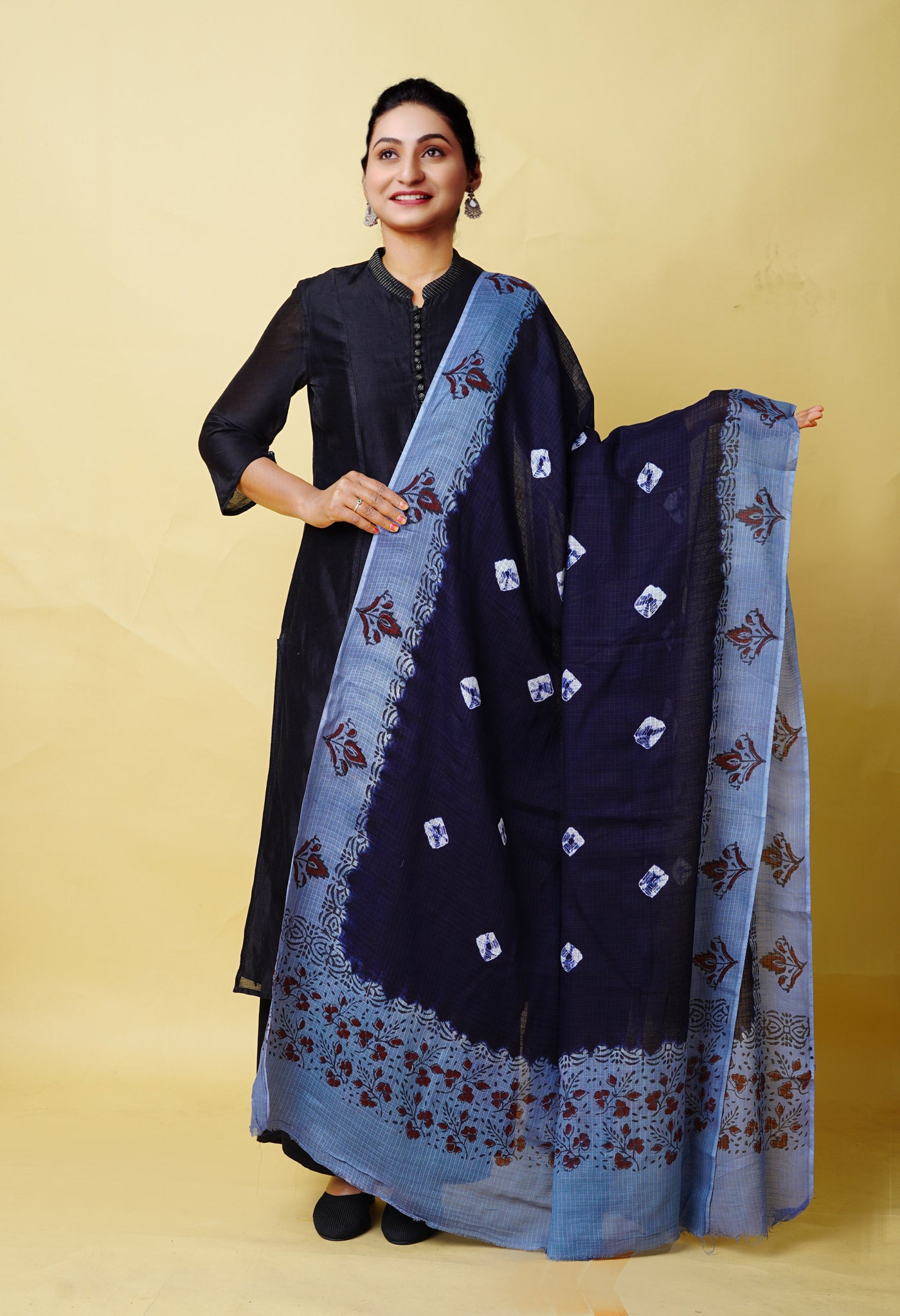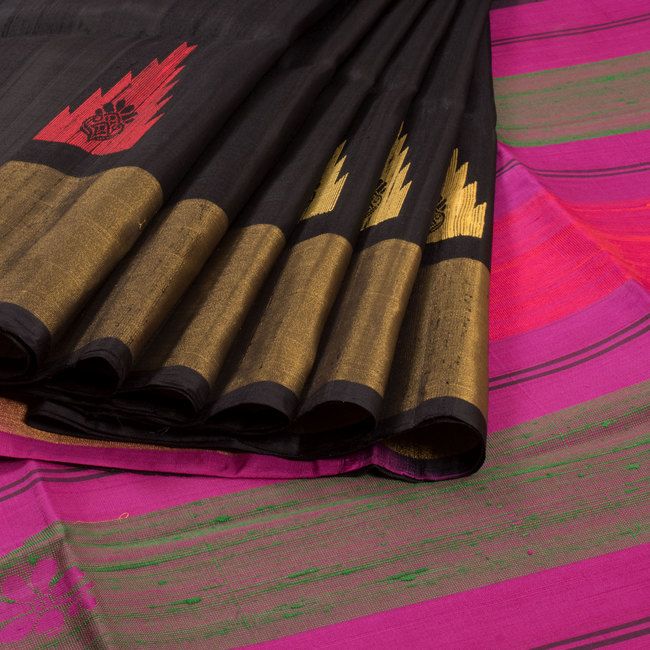
Dupion Silk – The allure of Pure silk in its rawest form
Women and silk fabrics are made for each other. The gossamer material, so light, so shiny and quite so diaphanous, it is the special softness and smooth touch of the fabric that enamours their being internally, and radiates as allure and elegance outwardly.
A must by Hindu tradition for every ritual or rite performed, the pure silk saree provides a wonderful opportunity for the Indian woman to wear it for the feel, comfort and envious gaze of other females around. No wonder it is jealously guarded in preserving over time and exclusively worn only for those occasions that demand. Over time, this has been extended to special social occasions also.
The natural fibre – silk
Silk is a natural protein fibre of which some forms are used in the making of textiles. The fibre of silk is mainly made of fibroin and is produced by certain insect larvae to form cocoons. The best known till date is the fibre obtained from the cocoons of the larvae of the mulberry silkworm Bombyx mori that is reared in captivity. The shimmering appearance is due to the triangular prism-like structure of the silk fibre that allows the light coming in to refract at various angles producing different colors. Silk is a ‘strong’ fibre, is environmental friendly, is moth and mildew resistant. Besides it has luxurious feel, is comfortable to wear and an absorbent fabric. It is a good drape having affinity for most colors and a natural lustre that adds to its look. Fabric that keeps cool in summer and warm in winter, this natural fibre is also considered to be auspicious in Hindu tradition.
 What is Dupion Silk?
What is Dupion Silk?
Dupion or Dupioni is a pure silk fabric made out of raw silk fiber. This makes it silk at its best natural form. The default inherent random slubs distinguish it from other lesser quality silks. Available in a myriad range of colors, Dupioni is considered an excellent choice for drapery and formal garments.
The making of Silk Dupioni
Dupioni is a plain weave. It is a crisp type of silk fabric, produced by using fine thread in the warp and uneven thread reeled from two or more entangled cocoons in the weft. This creates tightly-woven fabric lengths with slubs (A slub or thick spot in a yarn is created by varying the tightness of the twist of the yarn at various intervals) or uneven spots, on a highly-lustrous surface. It is similar to Shantung (silk fabric similar to Dupioni, slightly thinner and less irregular and is from China).
Dupioni is slightly thicker, heavier, and with a greater slub (cross-wise irregularity) count compared to Shantung.
Caterpillars create silk by secreting two rows of liquid from the top of their heads. When it touches the air, the liquid becomes solid and the caterpillars wrap themselves up in this substance forming a cocoon. Two caterpillars in the same pod wrapping their yarns around each other, yields a double strand which gives a thick and thin appearance. This textured fabric is known as Dupioni silk.
 Certain Weaving basics
Certain Weaving basics
- Fiberor fibre is a natural or synthetic substance that is significantly longer than it is wide.
- Aloom is a device used to weave cloth and tapestry. The basic purpose of any loom is to hold the warp threads under tension to facilitate the interweaving of the weft The precise shape of the loom and its mechanics may vary, but the basic function is the same.
- Weavingis a method of textile production in which two distinct sets of yarns or threads are interlaced at right angles to form a fabric or cloth.
- The warp is a set of lengthwise yarns that are held in tension on a frame or loom. Theweft is the transverse thread which is drawn through the warp yarns to create
- A single thread of the weft, crossing the warp, is called apick.
The special features of Dupion silk
Dupioni is often woven with differing colors of threads scattered through the warp and weft. This technique gives the fabric an iridescent effect. Dupioni can be woven into plaid and striped patterns; floral or other intrinsic, intricate designs are better suited for lighter-weight silks and/or those with smoother finishes, although Dupioni may be embroidered in any manner desired. The inherent qualities of the Dupion Silk Saree makes it suitable for dyeing the yarn to any colour, is comparatively easy to sew and is a highly wrinkle-resistant fabric. Also the material is totally reversible. The creases form so well that the finished fabric assumes a crisp and neat look. The uneven weave with nubs (lumps of yarn) showing at regular intervals form an unconscious pattern indicative of an underlying design.
Dupioni is used extensively by many of the top bridal designers and manufacturers, as well as drapery designers.
Taking Care of your Dupion Silks
- Caring for Dupioni silk is similar to caring for other silk fabrics but, while many silks are washable despite their dry-clean-only label, a number of manufacturers and vendors advise against washing dupioni.
- Some sources say that hand washing is acceptable, but they note that washing dupioni can cause the fabric to shrink and may also soften its texture.
- Dry clean articles made of Dupioni silk. In addition, special care is called for in dealing with the problems of wrinkles, water or perspiration stains, and sunlight.
- Allow wrinkled dupioni silk clothing or drapery panels to hang for a few days. Most wrinkles will relax and fall out on their own. If any remain, press clothing or drapes on a padded, cloth-covered ironing board with a dry iron set on a low setting.
- Avoid the possibility of creating water spots by not using water or steam. Press garments or draperies on the wrong side even if they are lined.
- Like shantung, Dupioni is popular in bridal and other formal wear. It is suitable for upholstery, but if it is crafted into a curtain or drape, a substantial underlining must be used to protect the fabric from sunlight.
- Water will spot this fabric, and the spots may be permanent. If only one or two spots mar the fabric, it may be possible to erase them by immediately blotting up as much moisture as possible, then gently buffing the edges of the spots with a clean, soft cloth to keep a ring from forming. Avoid rubbing too hard, because this can leave abrasion marks on the fabric.
- Perspiration has the same effect on silk fabric as water does. It will form unsightly rings that may be permanent and can cause the fabric to deteriorate. Wear a cotton blouse or shirt under a silk jacket, and use a reliable antiperspirant. If the garment is designed to be worn without a blouse or shirt and has sleeves, wear underarm shields designed specifically for this purpose. Clean silk worn next to the skin frequently, preferably after each wearing.
- Vacuum silk drapes regularly to remove dust that can damage the fabric over time. Use a hand or canister vacuum with a fabric attachment, and, if possible, leave them in place for cleaning. Never spray draperies with fabric-freshening sprays, which also have the same effect as water.
- Sunlight will also damage dupioni silk. Protect it by storing silk clothing in a closet without windows, and do not hang garments in direct sunlight when airing or removing wrinkles. Have silk draperies lined with thick cotton.
- Draperies in windows that receive direct sunlight may also need an inner lining. Keep furniture with silk upholstery out of direct sunlight to avoid damage or fading.
The Unnati range of Dupion silks
Dupion Silk Sarees are low priced when compared to pure silk sarees, but with adornments of pearls, beads, kundans and sequins are much-preferred wear for wedding ceremonies. Exclusive Dupion Silks with Bagru block prints, and woven in the Bandhani tie-dye style are most fascinating. And the Fancy Dupion Silk Saree having embroidered patch borders is most charming. The quality of the fabric material is extraordinary that where you have Warli painting and tribal art from Chattisgarh on one hand making use of fine line depictions and hand painting on the Dupion silk sarees, you can have Kantha work and exquisite floral embroidery, designer patch work and fancy designer bagru block prints that display the wide ranging variety of Dupion Silk sarees on the other. Latest trends of block circle and diamond prints on the Dupion Silk Saree with printed border and designer pallu to match, is definitely a fashion fabric for college parties, corporate conferences and traditional festivals. Zari buttis on the Dupion Silk sari having a resham border render a beautiful sight and make it very suitable for wedding functions as bridal attire and for social get-togethers.
[/vc_column_text][/vc_column][/vc_row][vc_row][vc_column][vc_gallery type="image_grid" images="14064,14062,14065,14063,14067,14074" img_size="medium"][/vc_column][/vc_row][vc_row][vc_column][vc_column_text]
Dupion Silk sarees with their natural shine, the vibrancy of their colors and the variety in their adornments provide a wonderful range for exclusive wear with a classy look and a feeling of pride. It’s time that you also thought Dupion, if you haven’t already.
[/vc_column_text][/vc_column][/vc_row]


